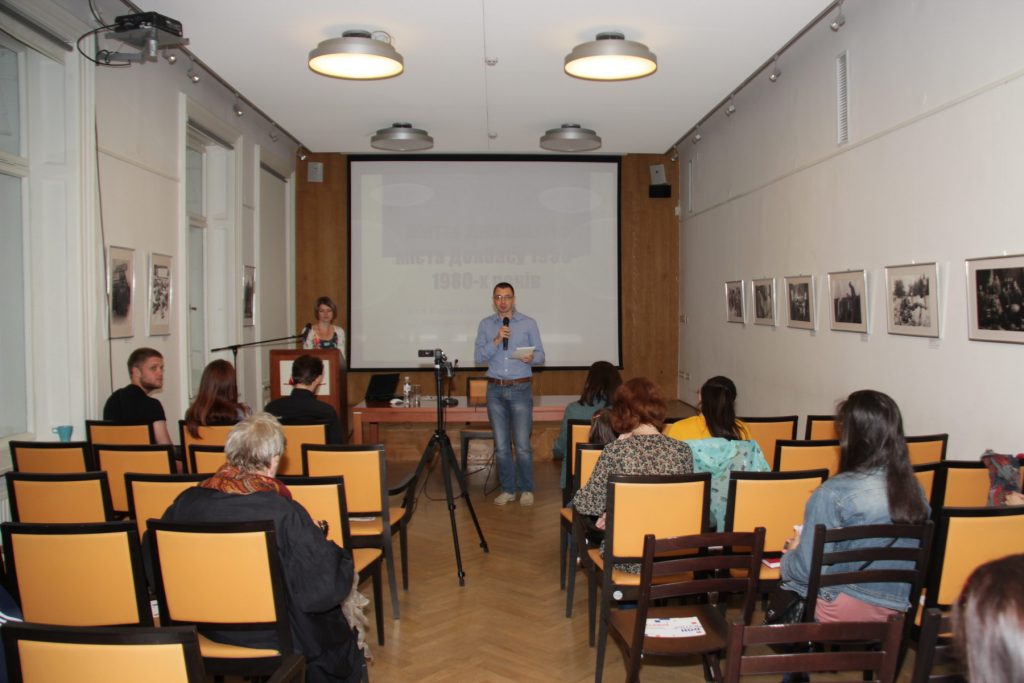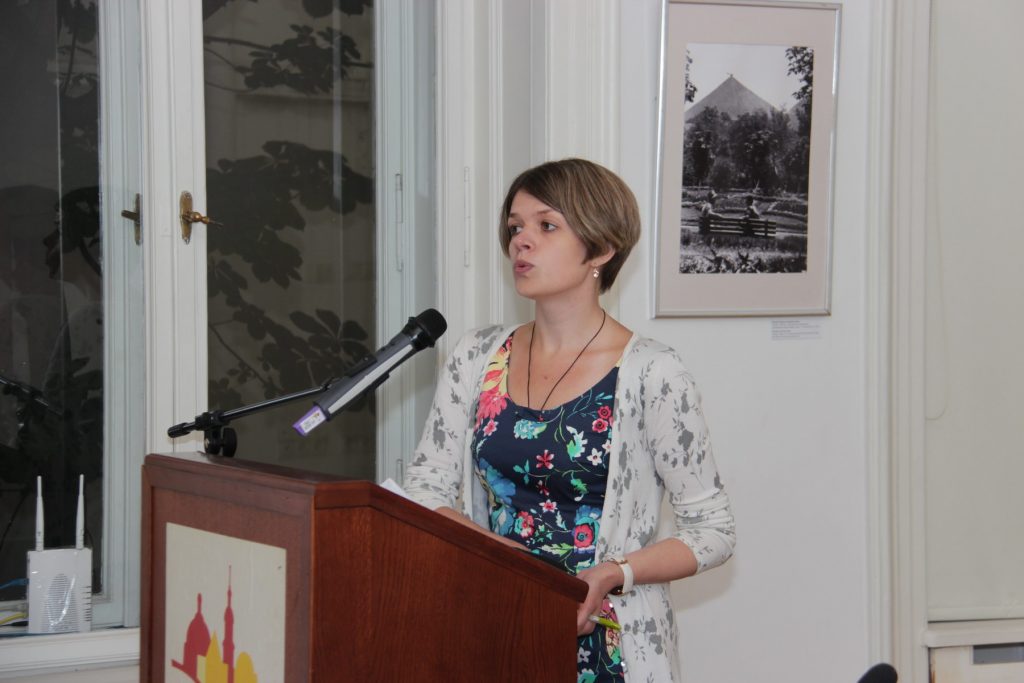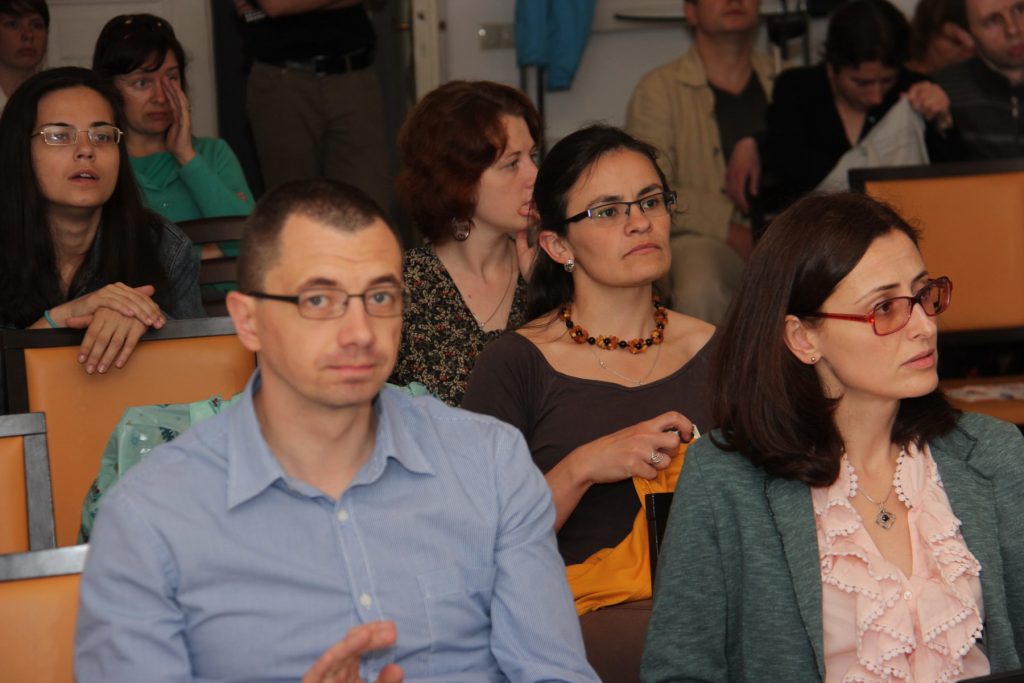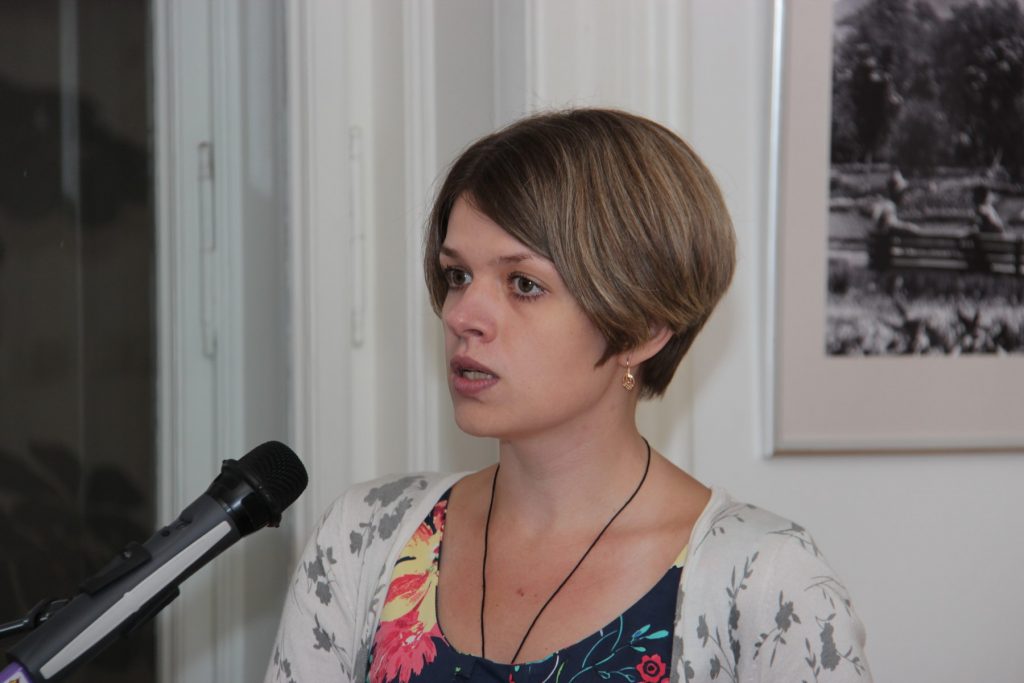Life for a Mine: The Cities of the Donbas, 1950-80s
Ksenia Pantyuk
Donetsk National University29.6.2015
Center for Urban History, Lviv
Today these are "ghost towns" that are disappearing. And more than half a century ago in eastern Ukraine almost every year a settlement arose near the construction of coal mines, including Dobropillia, Selydove, Hirnyak, Vuhlehirsk, Snizhne, Shakhtarsk, and others. These cities have and continue to maintain their specificities. From the very beginning they functioned as an additional settlement to the coal mine. The life of the residents revolved around the "mine-nurse." This poses a danger for if the mine closes, the town is doomed to extinction. The organization of urban life was boiled down to the Soviet slogan - "First the factory, then the city." The majority of the people in these cities formed a "psychology of minimization of life benefits." Residents adapted to the conditions. The specificities of the development of Donbas’s mining towns historically and at the present stage in comparison with other industrial cities of Ukraine was also a topic of interest to this study.

Ksenia Pantyuk
is a Ph.D., assistant professor at the Slavic History Department of the Donetsk National University (Vinnytsia). Academic interests – urban history. Several works are dedicated to this topic, including the monograph Socio-economic Processes in Monoprofile Mining Towns of Donbas (1950-1980) (co-authored with Zoya Lyholobova).
Lecture was a part of the lecture and discussion program of the DonKult cultural forum.




